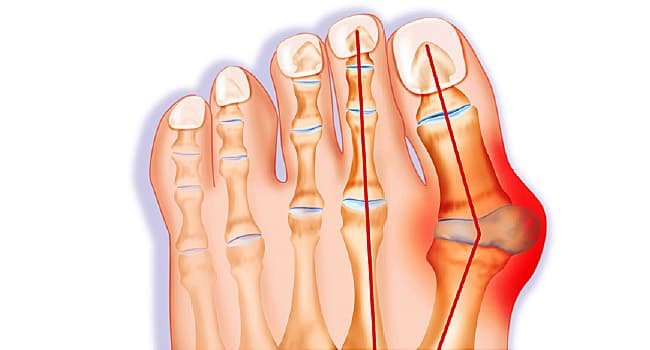Table of Contents
Different foot problems can affect the appearance of your feet and sometimes cause extensive discomfort. Some common foot problems you may get are bunions, corns, and calluses. These conditions are all treatable with the help of a podiatrist. Visiting the best foot and ankle institute near you can allow podiatrists to assess your situation and help you get back on your feet faster. Here’s what you should know about corns, bunions, and calluses:
Bunions
Bunions manifest as bony lumps that develop on the joints causing the toe bone to shift outside. The mal-alignment is often visible since the skin around the area may harden or become reddened. People who wear poorly-fitting shoes can experience tenderness in the area, resulting in pain.
Bunions can contribute to severe complications developing. Some complications you may experience include:
- Bursitis: Your toe joints have fluid-filled sacs that cushion bones during movement. Bunions can make these sacs swell, causing difficulty walking and pain from the inflammation.
- Hammertoe: Pressure from the mal-aligned toe can cause other toes to bend abnormally. The extra pressure and abnormal bend might cause pain and difficulty when walking.
- Metatarsalgia: This condition manifests as pain around your toe’s metatarsal heads, often resulting from injured structures. Podiatrists examine the problem and find underlying causes before correcting it.
- Arthritis: The pain in your foot may worsen and result in inflammation around your toe joints. Arthritis from bunions is mild but can still limit your mobility and create discomfort.
The most common treatment for bunions is surgery, but podiatrists can try non-invasive treatment methods like:
- Using bunion pads
- Changing to roomy and better-fitting shoes
- Using padded shoe inserts to make wearing shoes more comfortable
- Providing medication for pain relief and discomfort.
Corns
Corns are yellowish patches of hardened skin that develop on non-weight-bearing parts of your foot, like the sides or top of your toe. The skin around the corns may be inflamed with a hard head or center and feel painful when pressed. Although corns and calluses are often used interchangeably, corns are smaller than calluses.
Read Also: How to Prepare for Individual Therapy
Corns appear flaky or dry and waxy depending on where they develop. They often develop in areas of the foot where you experience mechanical pressure or friction with shoes.
When treating corns, podiatrists may recommend switching to better-fitting shoes. They can also trim the corns safely, leaving you with clear skin on your toes. If the pressure persists due to the shape of your foot, you may have to use padding on pressure areas.
Calluses
Calluses are patches of thick, hard skin that develop on weight-bearing areas of your foot, like the heel or ball areas. The development of calluses is often in response to friction or pressure to protect any underlying tissue in the area. Calluses are typically larger than corns and often painful, limiting movement.
Common causes of calluses include:
- Poorly-fitting shoes like tight shoes, high heels, and flat-soled shoes
- Foot deformities like high heels, hypermobile joints, or flat feet cause uneven pressure on the feet. People with such deformities are at a higher risk of calluses developing.
- Bone alignment or foot shape can cause mechanical pressure on the foot.
The easiest treatment of calluses is using a pumice stone to file down the hardened areas of the heel. Podiatrists will recommend finding custom orthotics to relieve the pressure on your foot.
People with diabetes should not try treating calluses using pumice stones at home. They may be at a higher risk of developing foot ulcers if they try.
Visit a Top-Rated Foot and Ankle Institute
Bunions, calluses, and corns are common foot problems that result from pressure on the feet. They are often painful, which limits mobility and affects your quality of life. You should work with the best podiatrist from a top-rated foot and ankle institute to seek the best course of treatment for such foot problems.

